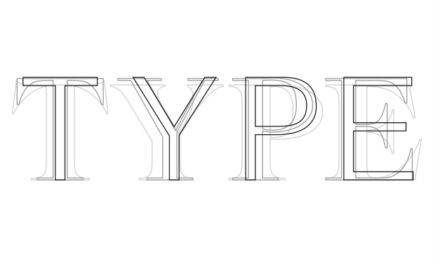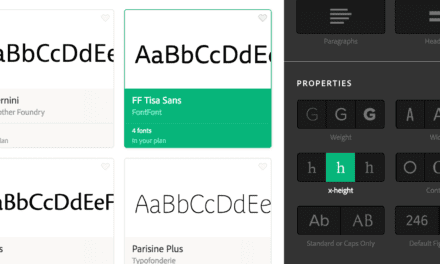ARTICLE SUMMARY: In the beginning a client would come to a designer with a new and better mousetrap that he wanted to sell to the world. The designer would create a phenomenal ad, put it online and the response would be overwhelming. That was twenty years ago, when people still spent a lot of time watching TV, reading newspapers, and using offline media. Now, most of our time is spent online—whether on social media, streaming, or browsing.
Now, with the rise of search engines like Yahoo! and Google that started experimenting with advertising and Google AdWords, online shopping has exploded. The internet is now the biggest, most profitable, and most data driven ad platform in history. Ads are everywhere.
“Get Noticed! Captivating the User’s Eye: Tips for Overcoming Banner Blindness in UX Design” by Hardik Dewra delves into strategies for making ads more visible and competitive. To shed light on this challenge, he explores:
- Understanding Banner Blindness
- The Impact of Banner Blindness on User Experience
- The psychology behind Banner Blindness
Banner blindness has been a major concern for digital marketers and UX designers for several years. As websites and ads multiply, users have grown desensitized to traditional advertising that is leading to lower engagement, reduced click-through rates, declining brand visibility and ultimately diminishing the ROI for digital marketers.
In this article Hardik Dewra emphasizes that understanding the psychology of banner blindness enables digital marketers and UX designers to craft ads that capture user attention and drive engagement.
If you have trouble getting your ads noticed this article is for you. Let us know what you think in the comments.




